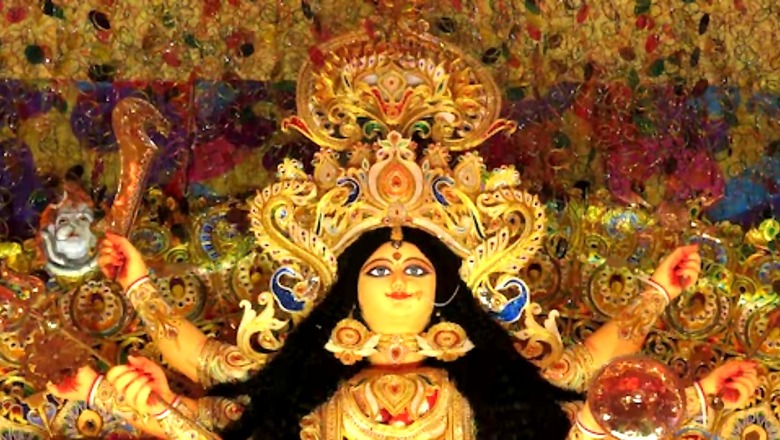
views
Shardiya Navratri begins with the ritual of Kalash Sthapana. During this period, barley or jowar is traditionally sown in households. Barley holds the distinction of being the first crop, and it is believed that planting it brings joy, prosperity, and abundance. Additionally, sowing barley invites the blessings of Goddess Annapurna into the home. According to religious beliefs, barley was the first crop to sprout after the creation of the universe, which is why it was planted during Kalash Sthapana in Navratri. However, what should be done with the barley after Navratri ends? Let’s learn from Bhopal-based astrologer and Vastu expert Pandit Hitendra Kumar Sharma.
Placing the barley sown at home during Navratri near a sick person helps relieve their illness. Additionally, you can tie the barley seeds in a yellow cloth and place them in the temple or the east direction of the house. The practice of sowing barley seeds during Navratri is symbolic of growth, prosperity, and new beginnings. The idea behind tying these barley seeds in a red cloth and placing them in a safe, money place or purse is to attract financial gains and success.
The red cloth is considered auspicious, symbolising energy, protection, and good fortune. Keeping it in places associated with wealth is believed to draw positive energy and increase the likelihood of monetary benefits. Offering barley seeds as a sacrifice during the havan on Ashtami and Navami Tithi, particularly during Navratri, holds deep spiritual significance in many traditions. Barley, seen as a symbol of prosperity, growth, and purity, is used in rituals to invoke blessings and remove obstacles.
By offering the barley seeds in the sacred fire (havan), the ritual is believed to purify one’s surroundings, thoughts, and energy, driving away negativity and dispelling the influence of the evil eye. The fire is seen as a divine cleanser, and sacrifices made into it symbolise letting go of impurities and burdens in life.


















Comments
0 comment